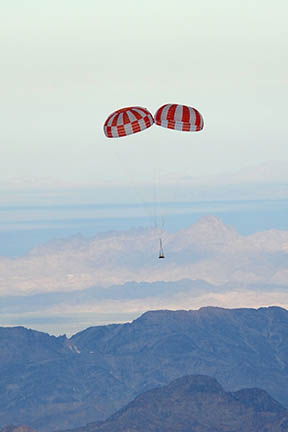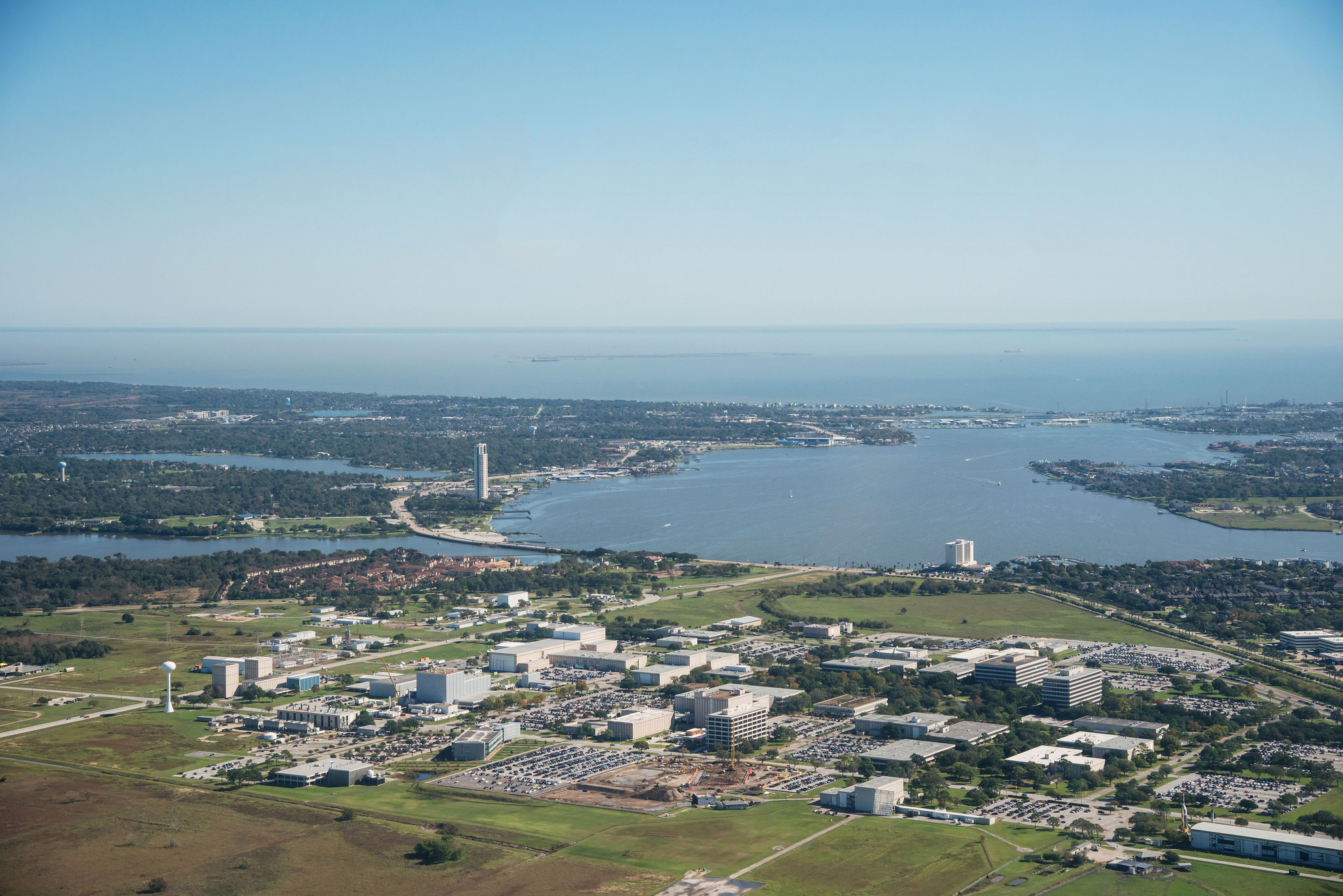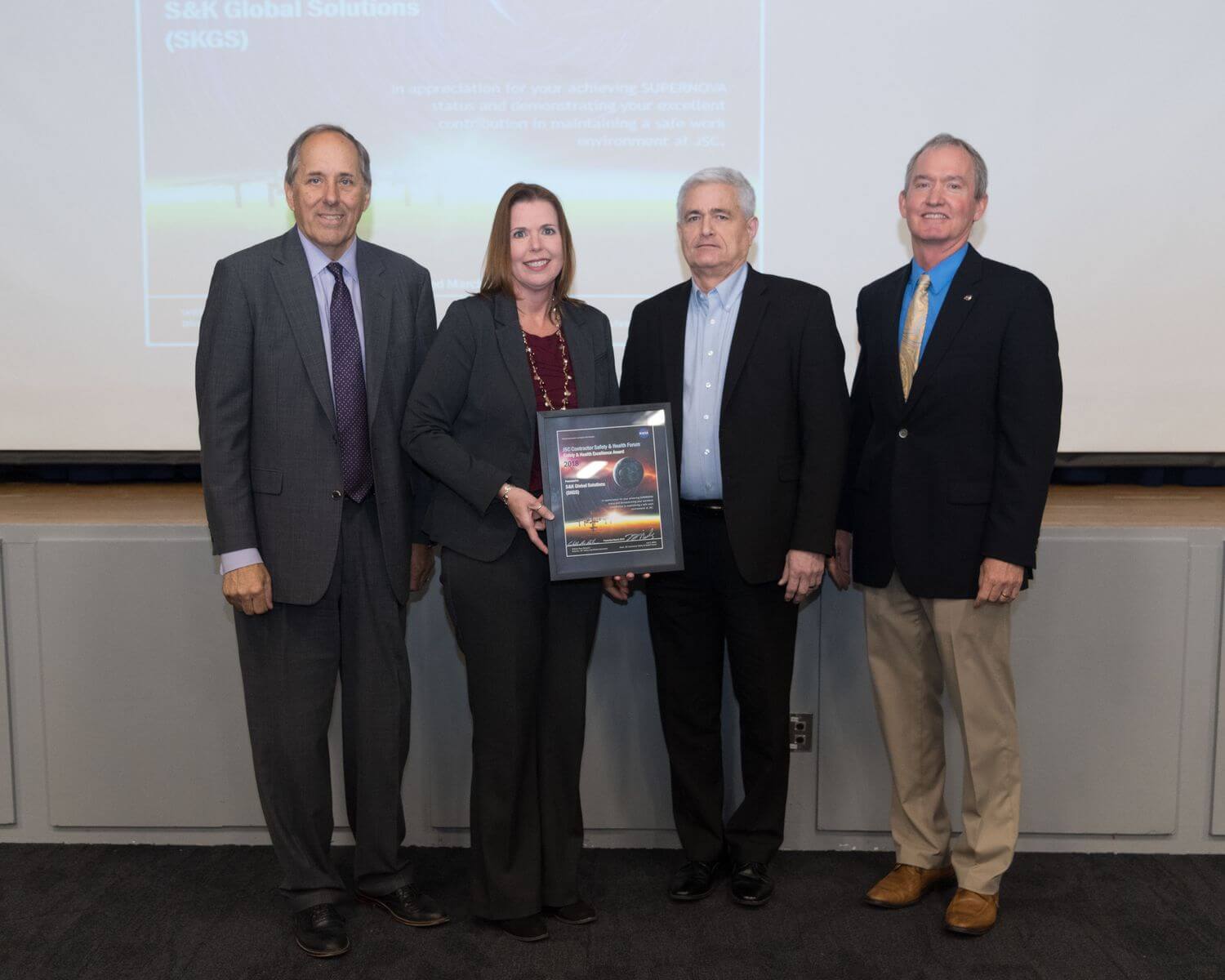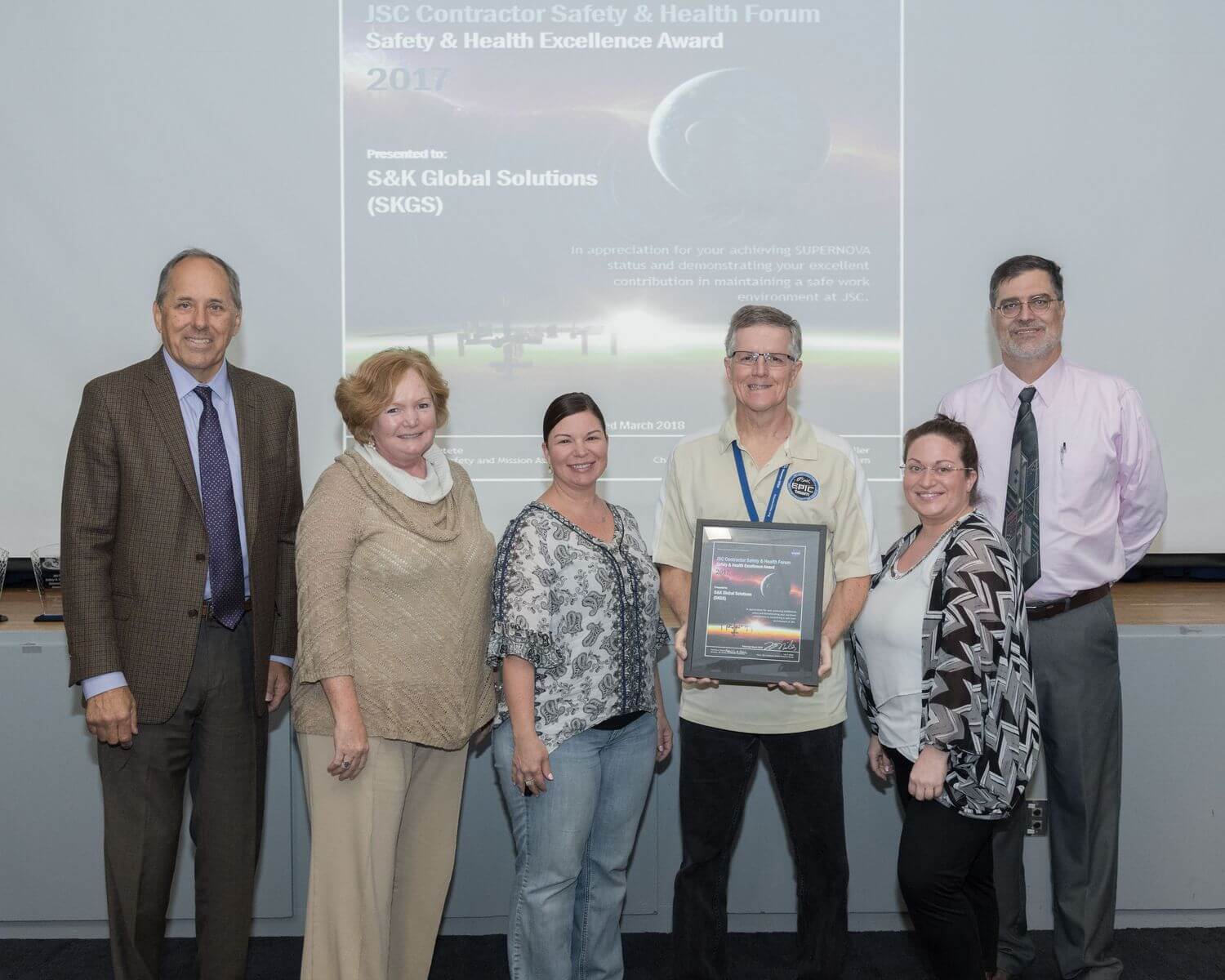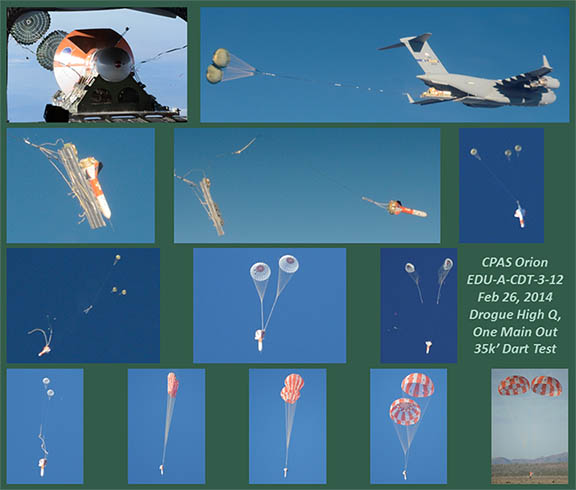
Orion parachute test flight a success
The combined team of the Army, Air Force, and NASA executed another successful test at the Yuma Proving Ground on Wednesday, February 22, 2014, launching 16 parachutes. Seven were test technique related and nine were Orion system parachutes. During the test, the winds were low with few clouds in the sky so the visuals of the operational sequences were very good.
The S&K Global Solutions EPIC – Capsule Parachute Assembly System (CPAS) Team is conducting many drop tests this year for human space flight for the end of 2014. The team provides management of the design, development, fabrication, qualification, and delivery of the Orion spacecraft parachute system to support the Multi Purpose Crew Vehicle Program flight tests through the first manned flight. S&K Global Solutions has three EPIC employees working on the CPAS project – Lana Rouse (Project Support), Sylvia Paden (Back-up Project Support) and Erica Blackburn (Project Technical Writer). The Program Manager is Christopher J. (CJ) Johnson (EA5-2).
The test conditions were set up with three forward bay cover parachutes placing the drogue deployment into the maximum dynamic pressure and Mach/altitude planned for development testing. From an initial observation, all sequences and parachute deployments performed nominally and according to the pre-test timeline. The drogue performance appeared flawless. The test was very successful and this achievement is another significant accomplishment for the team.
Images from the test drop. Courtesy NASA.
UPDATE (10/28/15): Here is a more recent video of the Parachute Assembly System:

